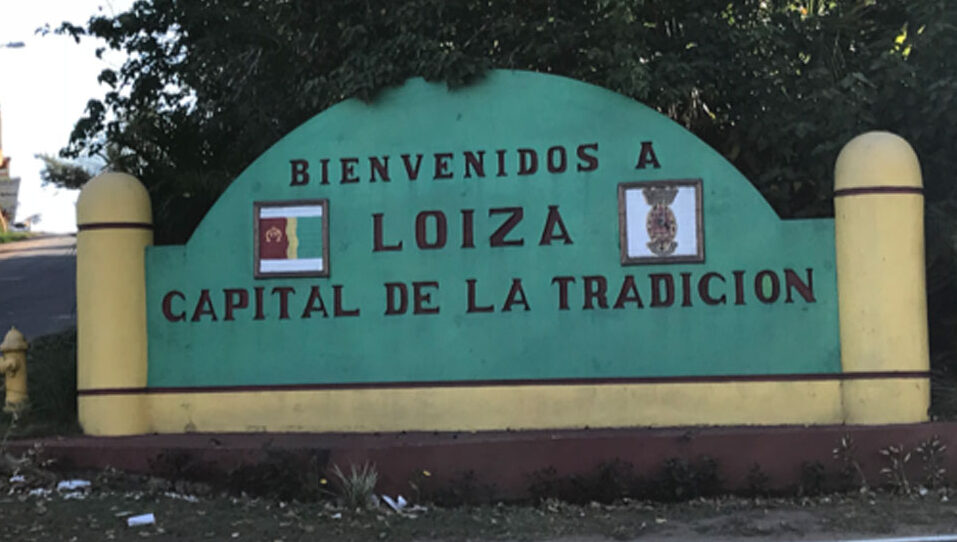
Located 20 minutes east of the Puerto Rican capital of San Juan on the northeastern coast, the town of Loiza is unlike any other part of the country. Known as “The Capital of Traditions,” the town is one of the most culturally rich areas of Puerto Rico. Here, you can see how African-influenced traditions have shaped the music, food, and art of the region over the years.
Loiza’s rich African heritage can be traced to the Nigerian slaves of the Yoruba tribe that were brought to the region in the 16th century. The Spanish government declared it an official town in 1719. Since then, it has retained a high percentage of its African descendants, with over 60 percent of the town’s residents identifying as Black.
In Loiza, that African heritage can be seen everywhere. Afro-Caribbean cuisine and African-Taino infused foods are prevalent, while local artisans produce art deeply rooted in African tradition. As a center for Afro-Puerto Rican music, the town helped launch the musical form known as plena and has a number of places to dance bomba, an expressive dance form, recreationally.

The town has become well-known for its traditional vejigante masks, colorful painted masks made from coconuts that are worn during festivals. They are most often seen at the yearly Festival of Saint James, which honors St. James the Apostle’s victory over the Moors and is celebrated throughout a week in July. During multiple processions and parades, the locals become characters wearing the emblematic masks to reflect their heritage and traditions as African and Spanish. The festival also features live bomba and plena music, masquerades, amusement rides, and kiosks selling crafts and regional foods.
Many people come to Loiza to lounge on its luxurious beaches of golden sand. Road 187, which follows the coastline, takes travelers to several beaches, including the popular family beach La Posita, which has waters sheltered by natural rock barrier creating a giant tide pool. Aviones beach further down the road is known as an ideal surfing spot. The most popular beach in the area is Vacia Talega, a gorgeous crescent-shaped beach with tranquil waters.
The area is also home to the Maria de la Cruz Cave Historic Park. This archeological site has been dated to around 4000 BC and contains many artifacts from some of the first inhabitants of the island. The complex around the cave includes an education center, an artisan market, and an art gallery. There is also a playground for children and a campsite located on site.

No visit to Loiza is complete without a visit to the beachside community of Pinones. This community is known for kiosks and local eateries that specialize in tasty finger foods, including fritters and fried turnovers, fresh seafood, and chicken and pork skewers. There are also businesses selling fruit frappes and coco frio, chilled coconut water served in a coconut husk with the top chopped off.
Just outside of Pinones is the Pinones State Forest, another natural gem. This mangrove forest spans most of the coast from the Loiza city limit to Vacia Talega beach. Many visitors make use of its 11 kilometers of trail and boardwalk and the COPI cultural and ecotourism center in Pinones rents bikes to anyone that wants to use them on the trails.

No comments:
Post a Comment